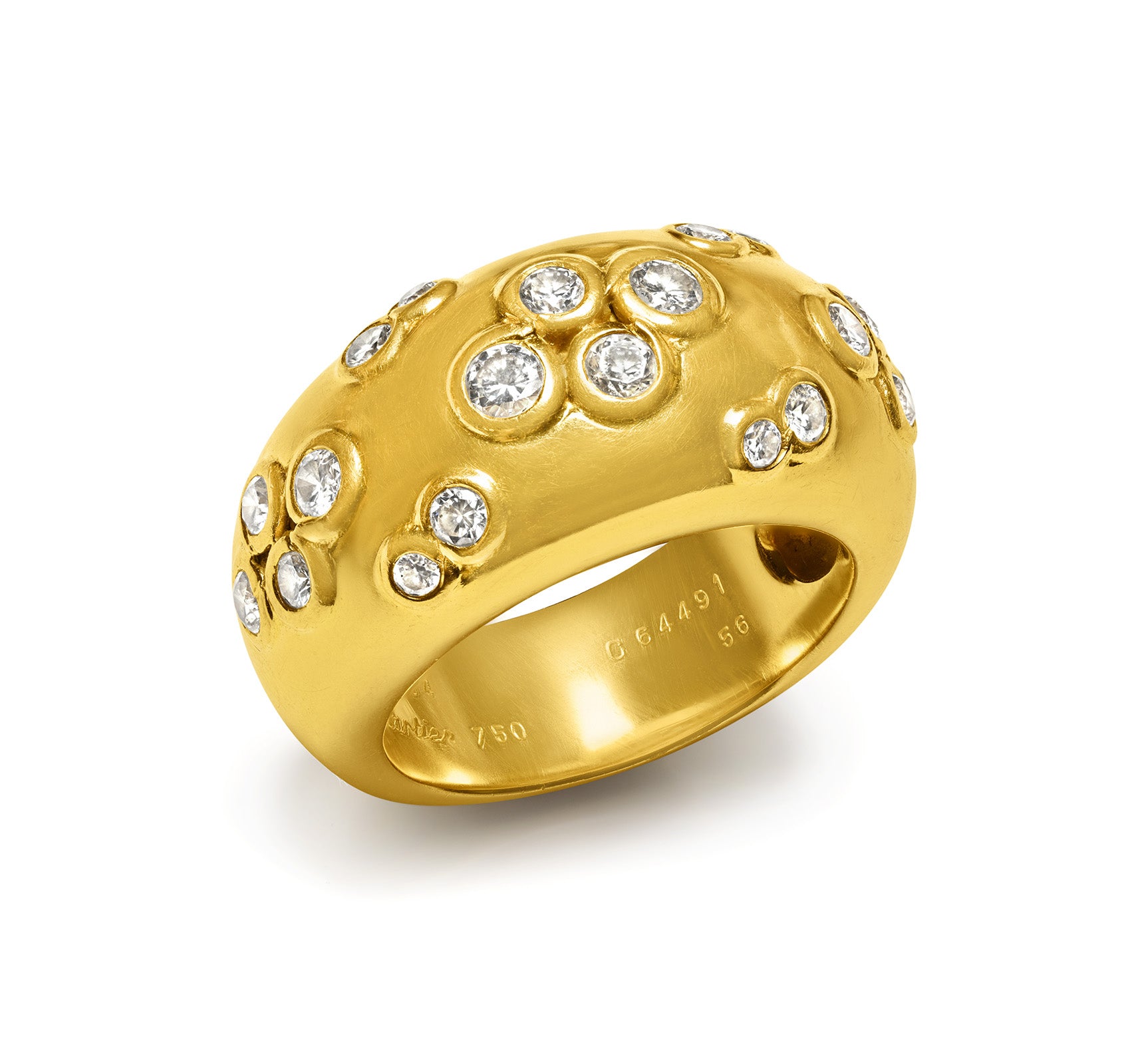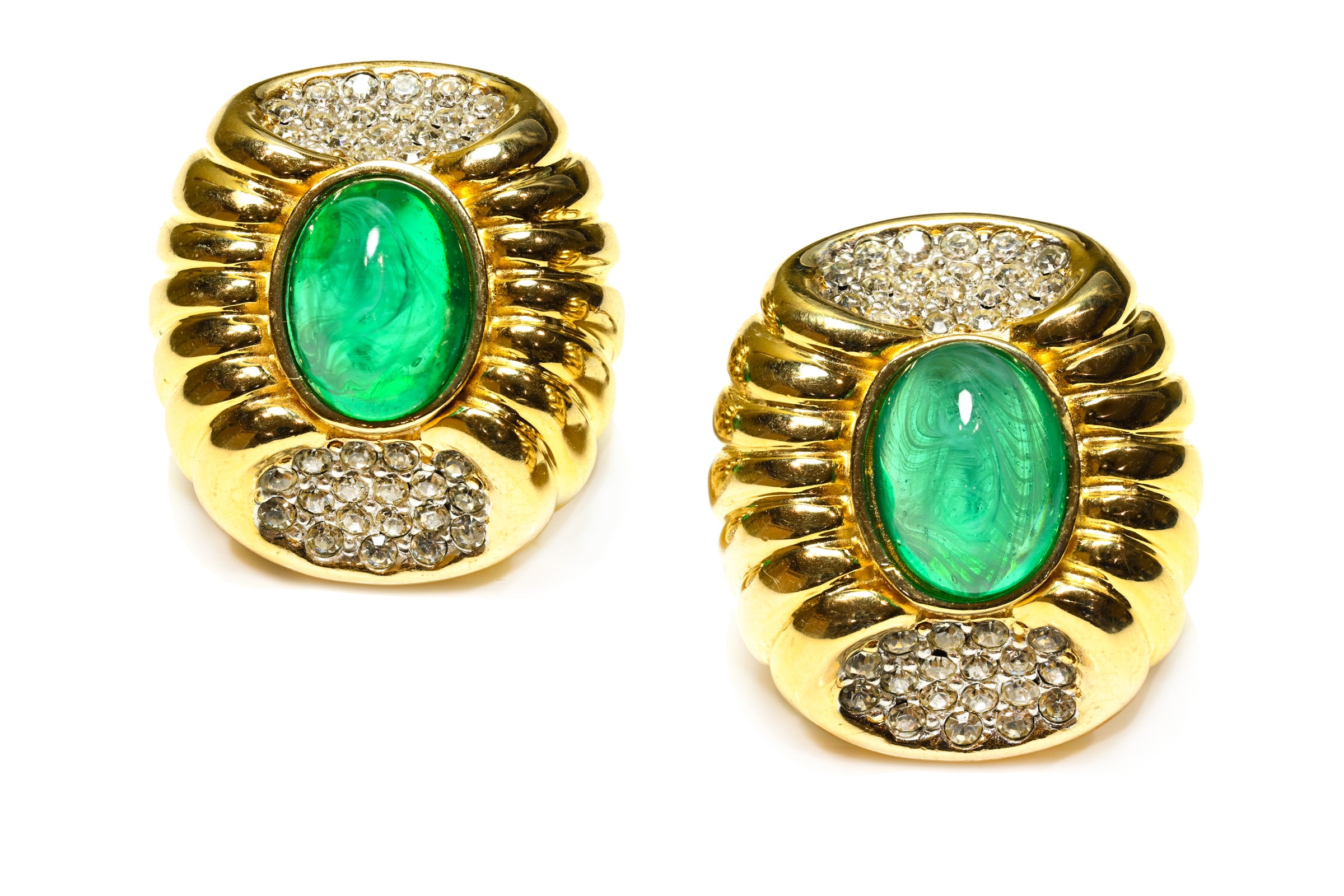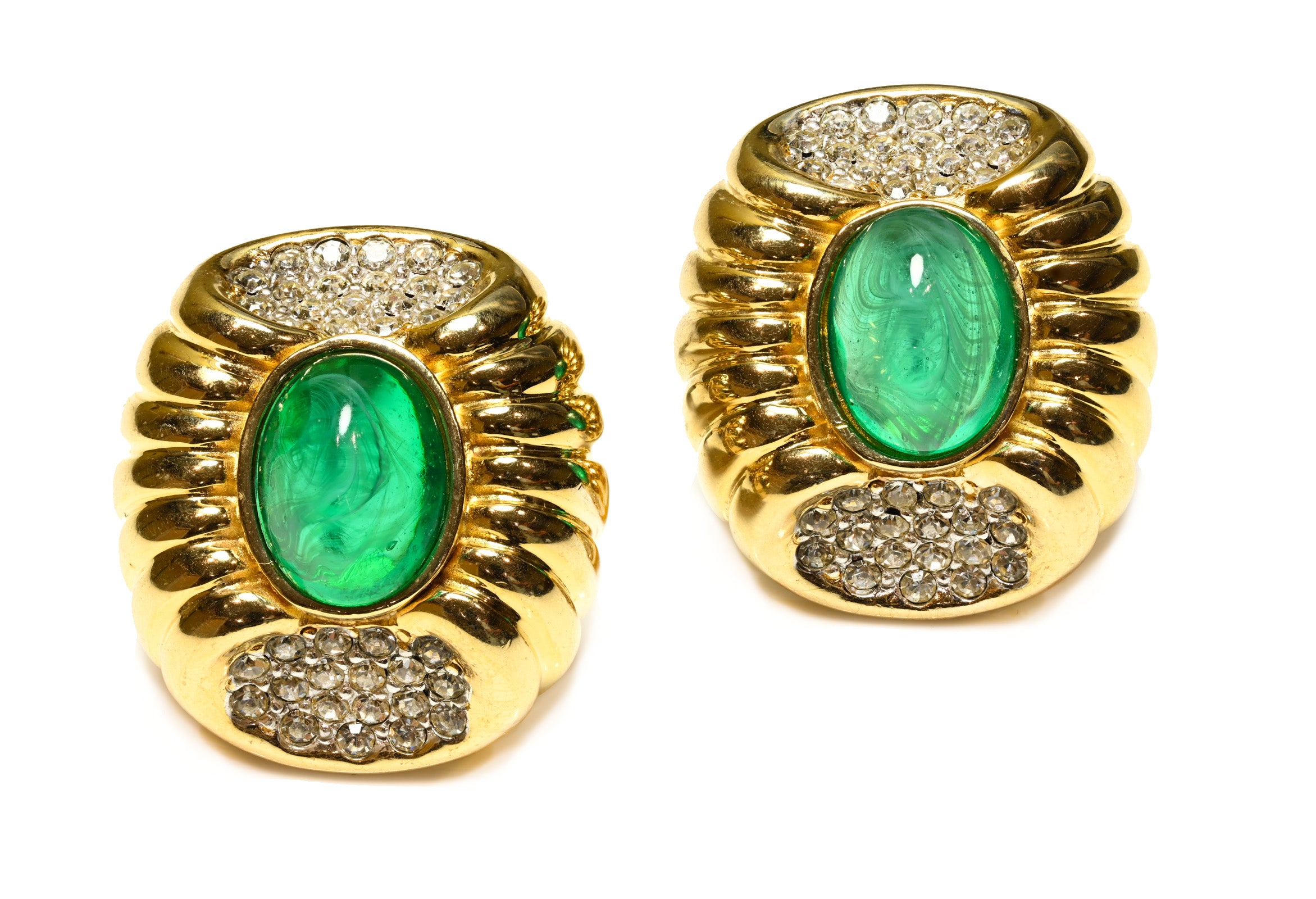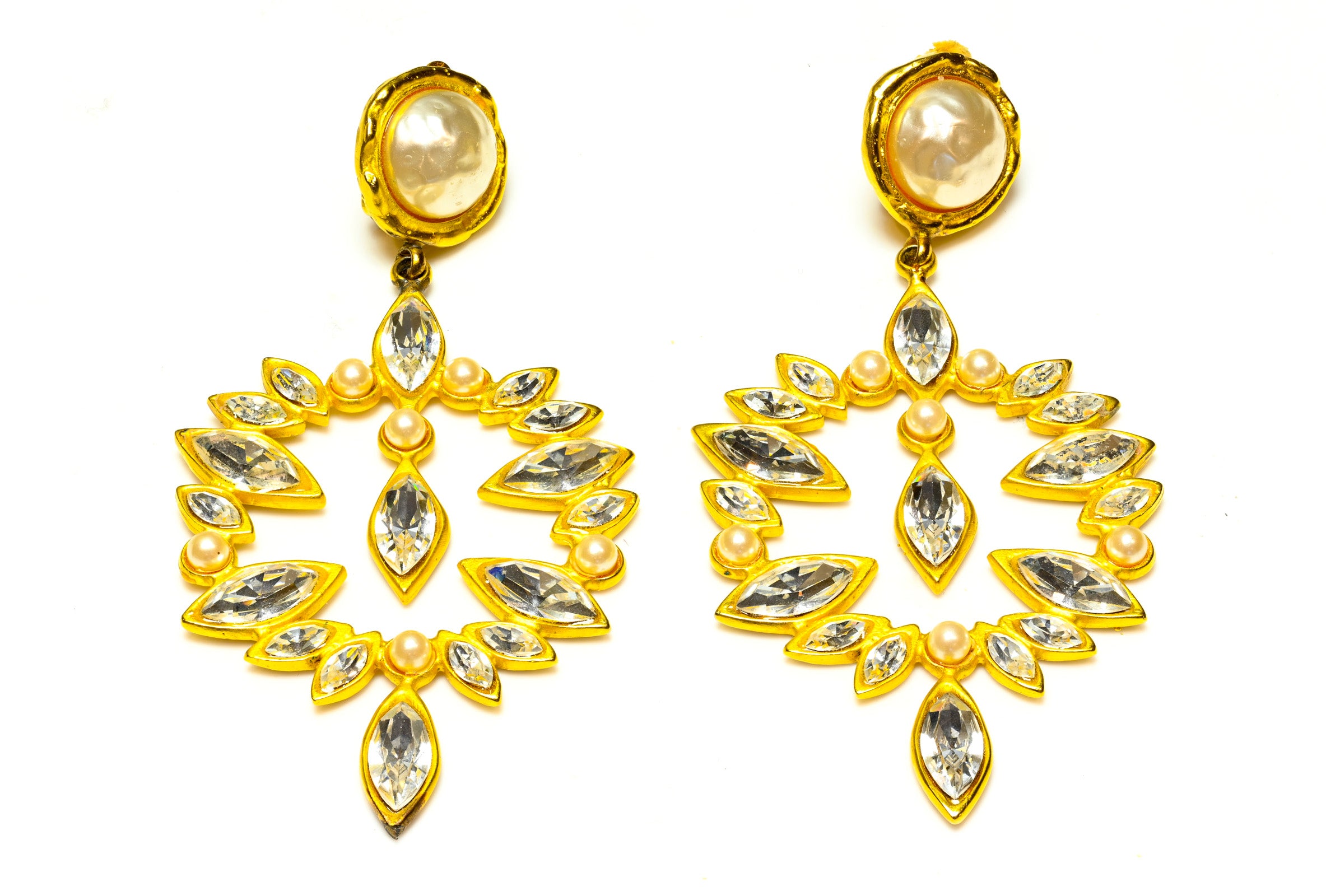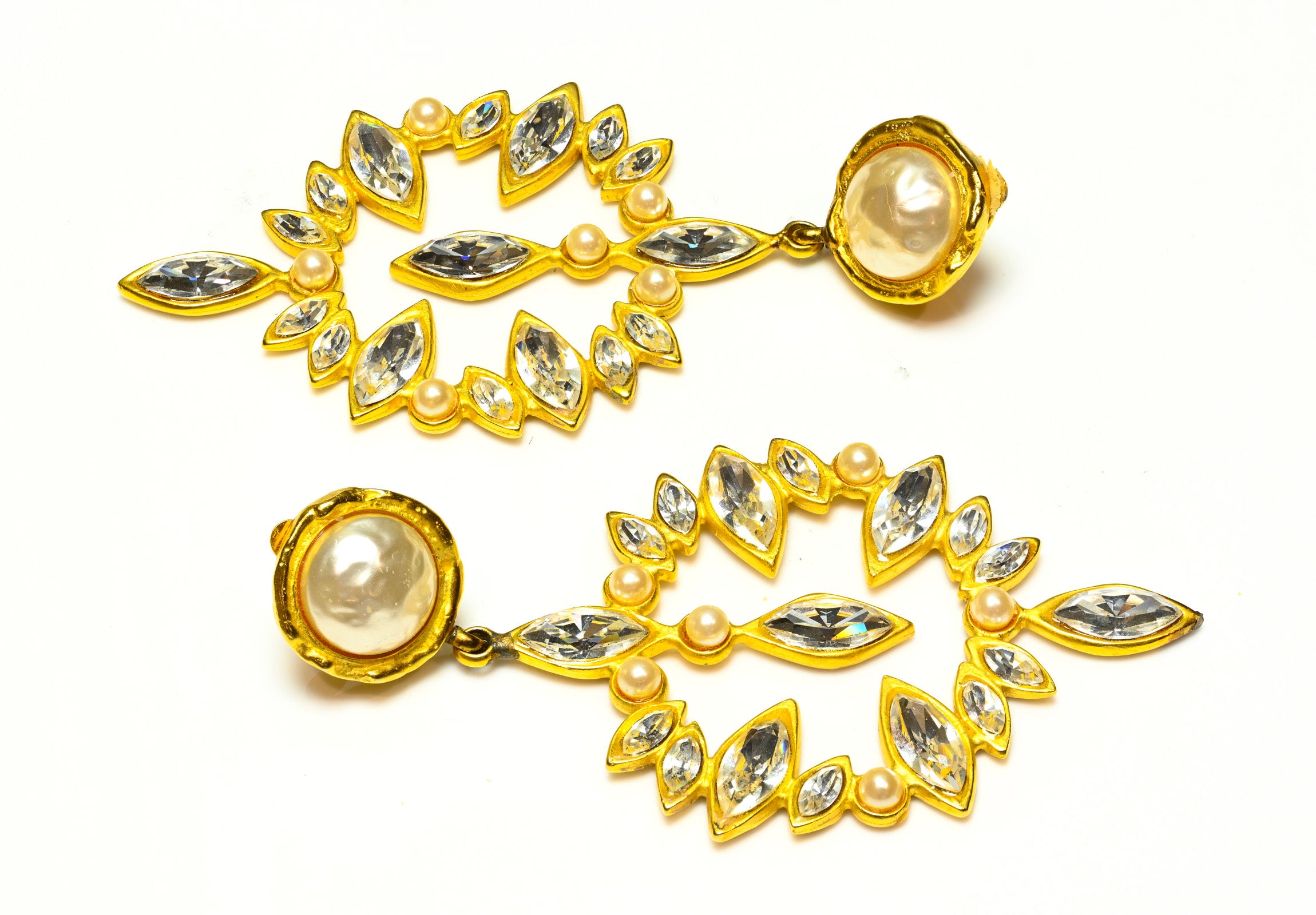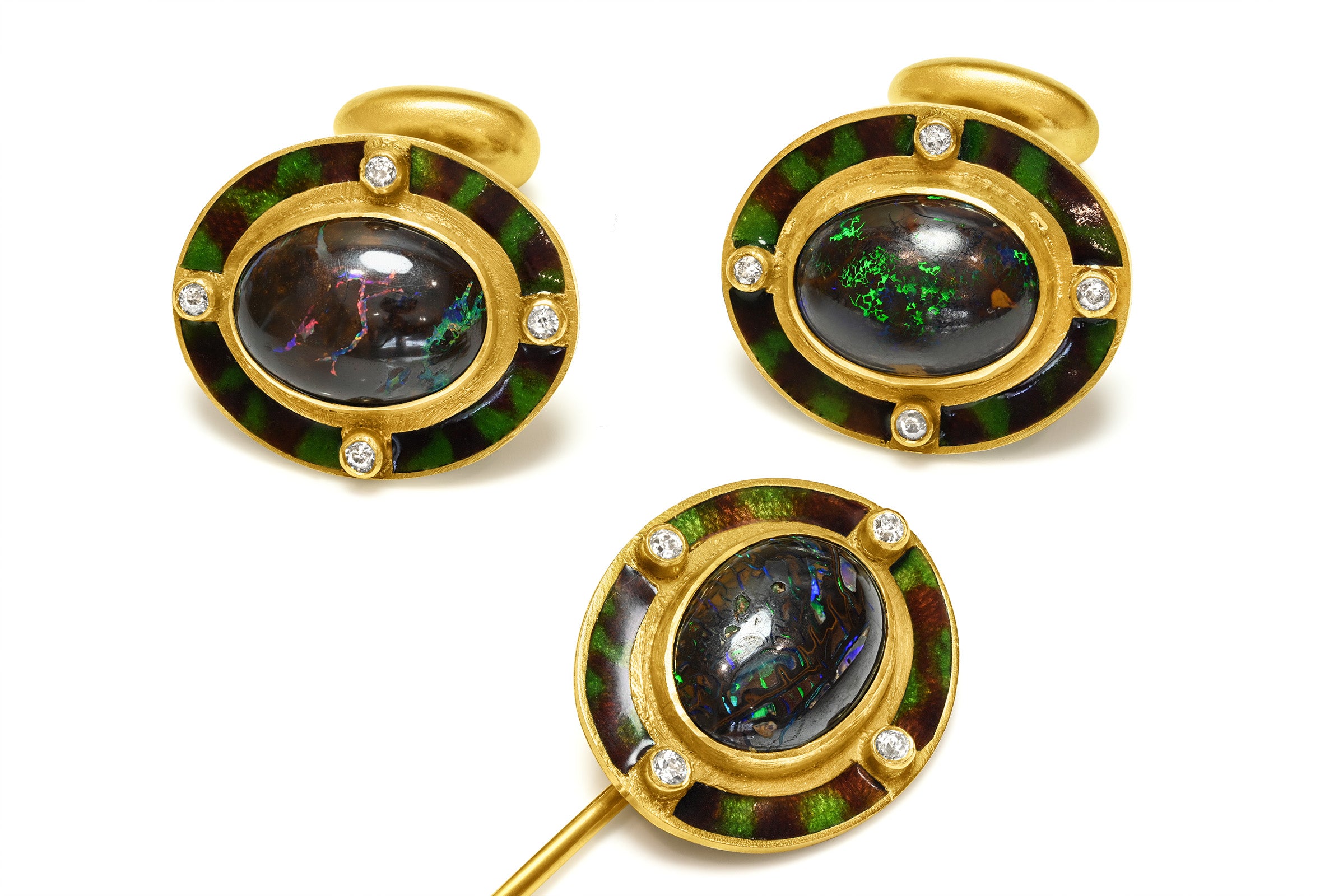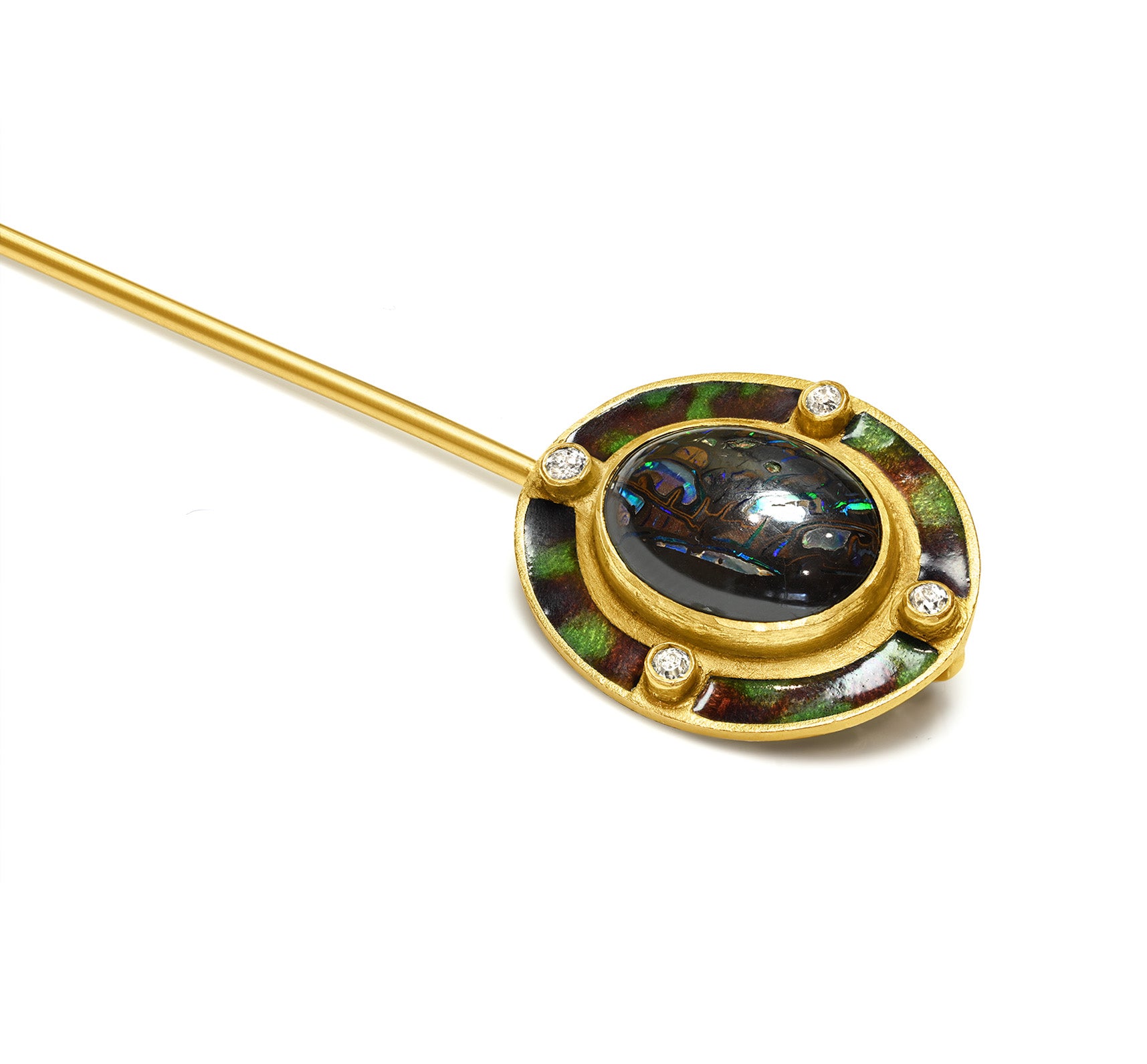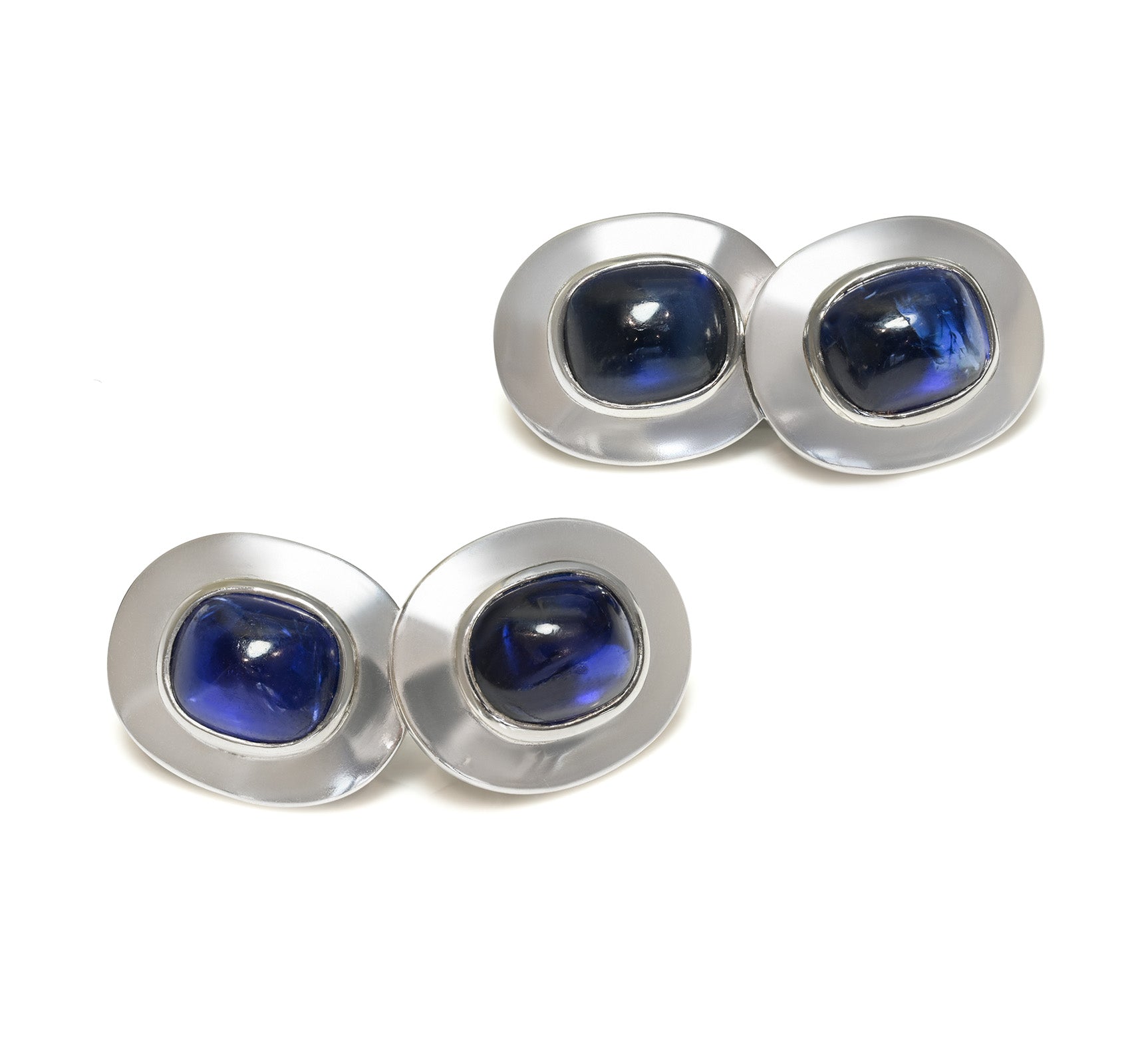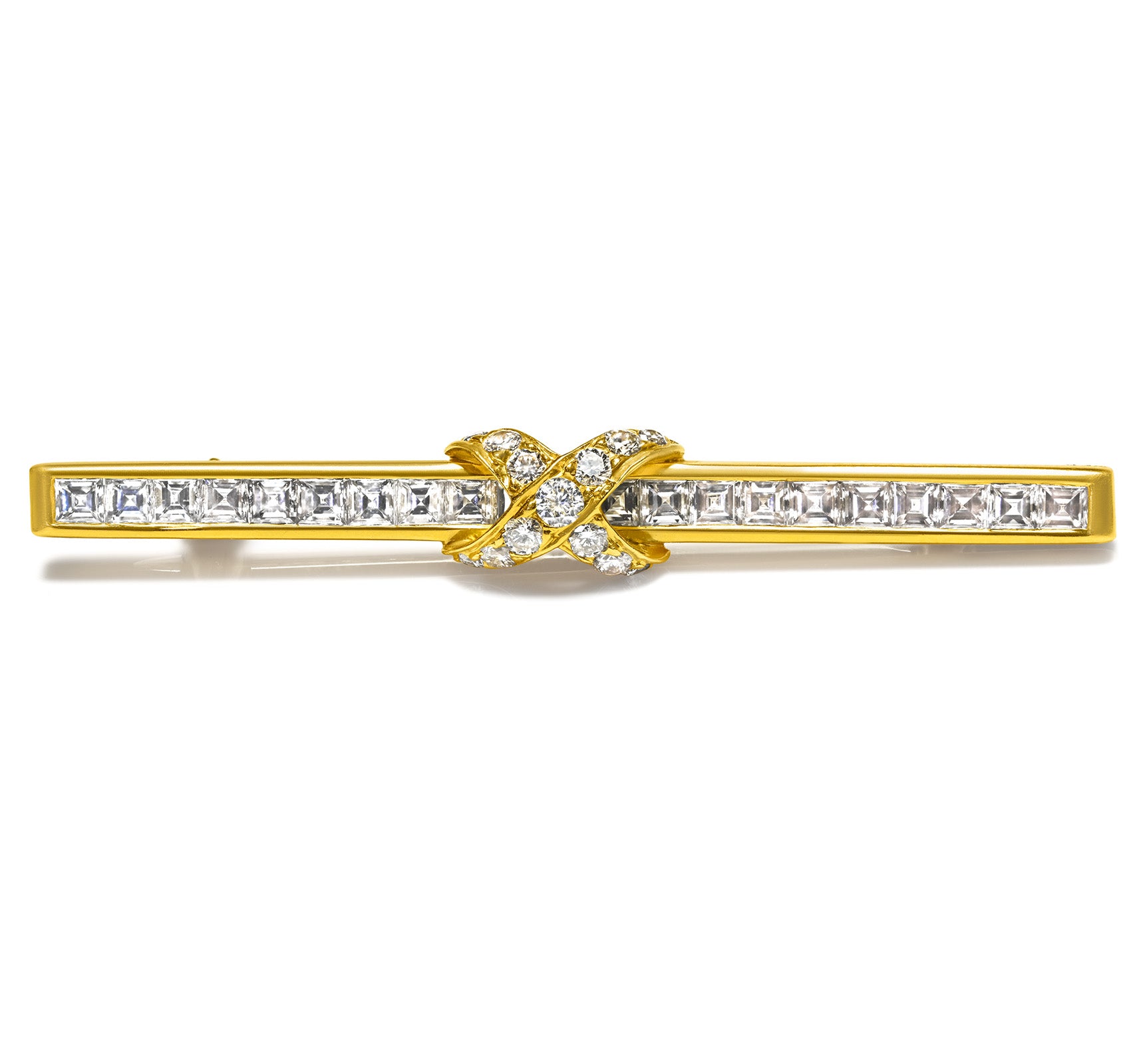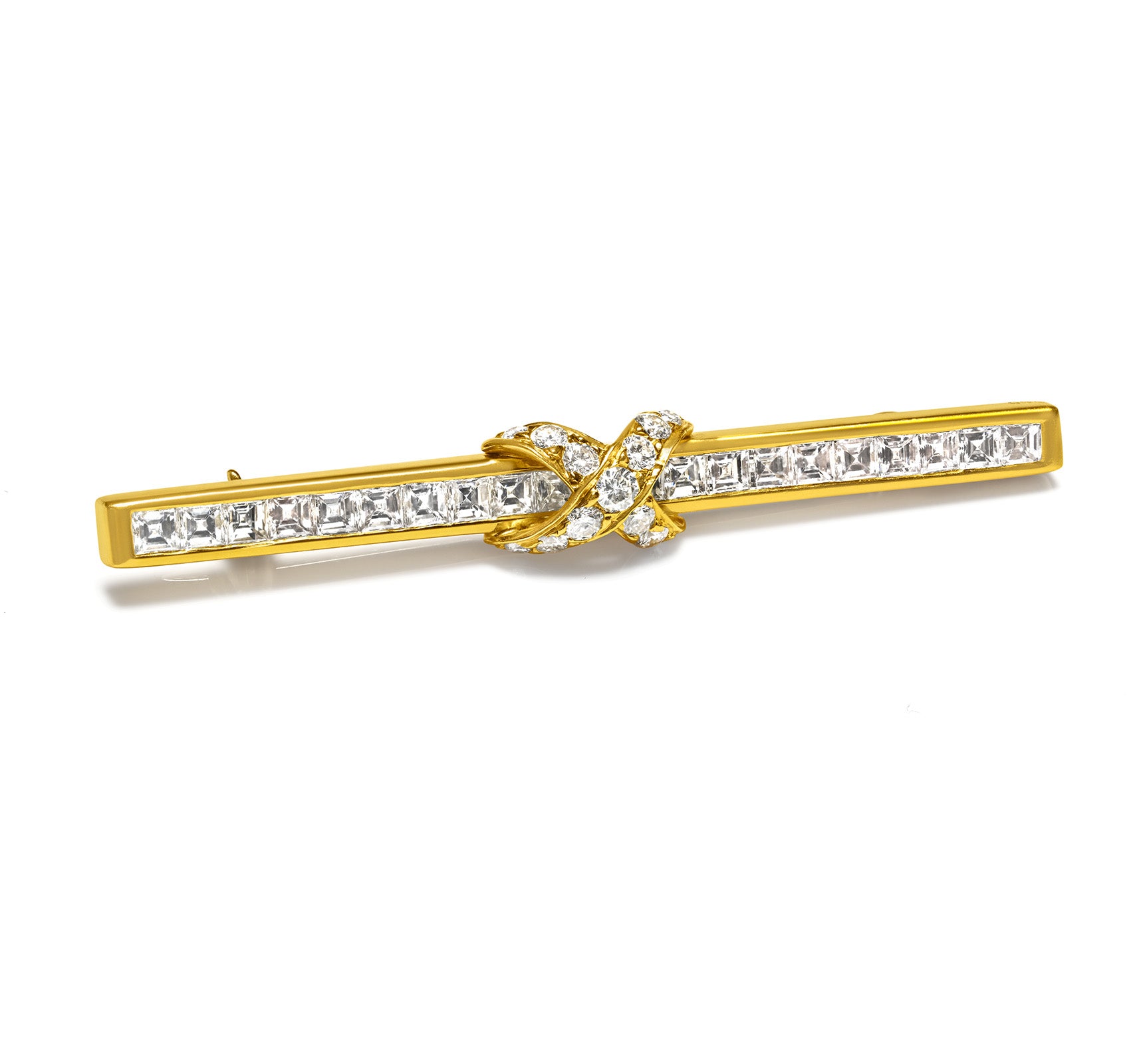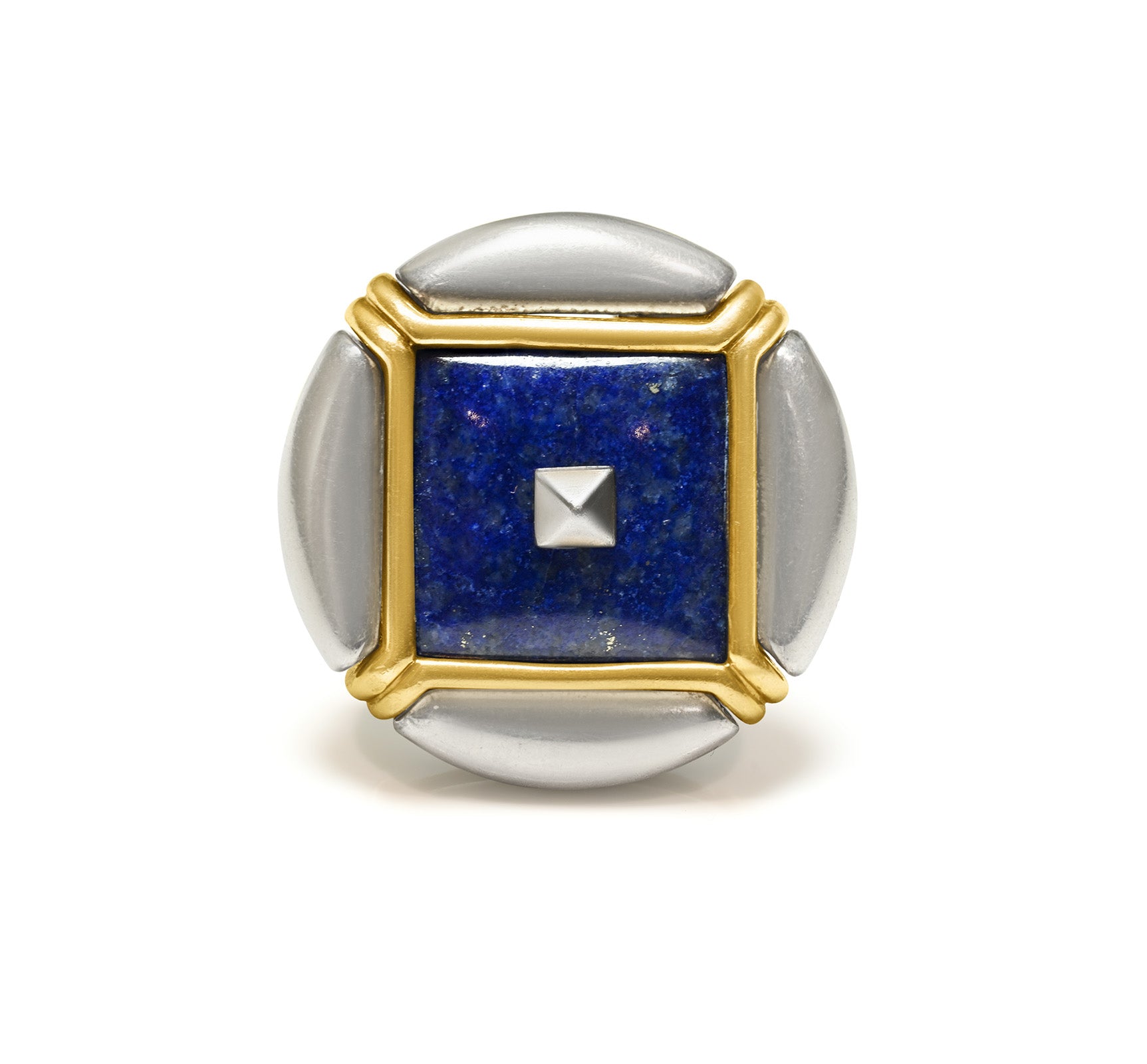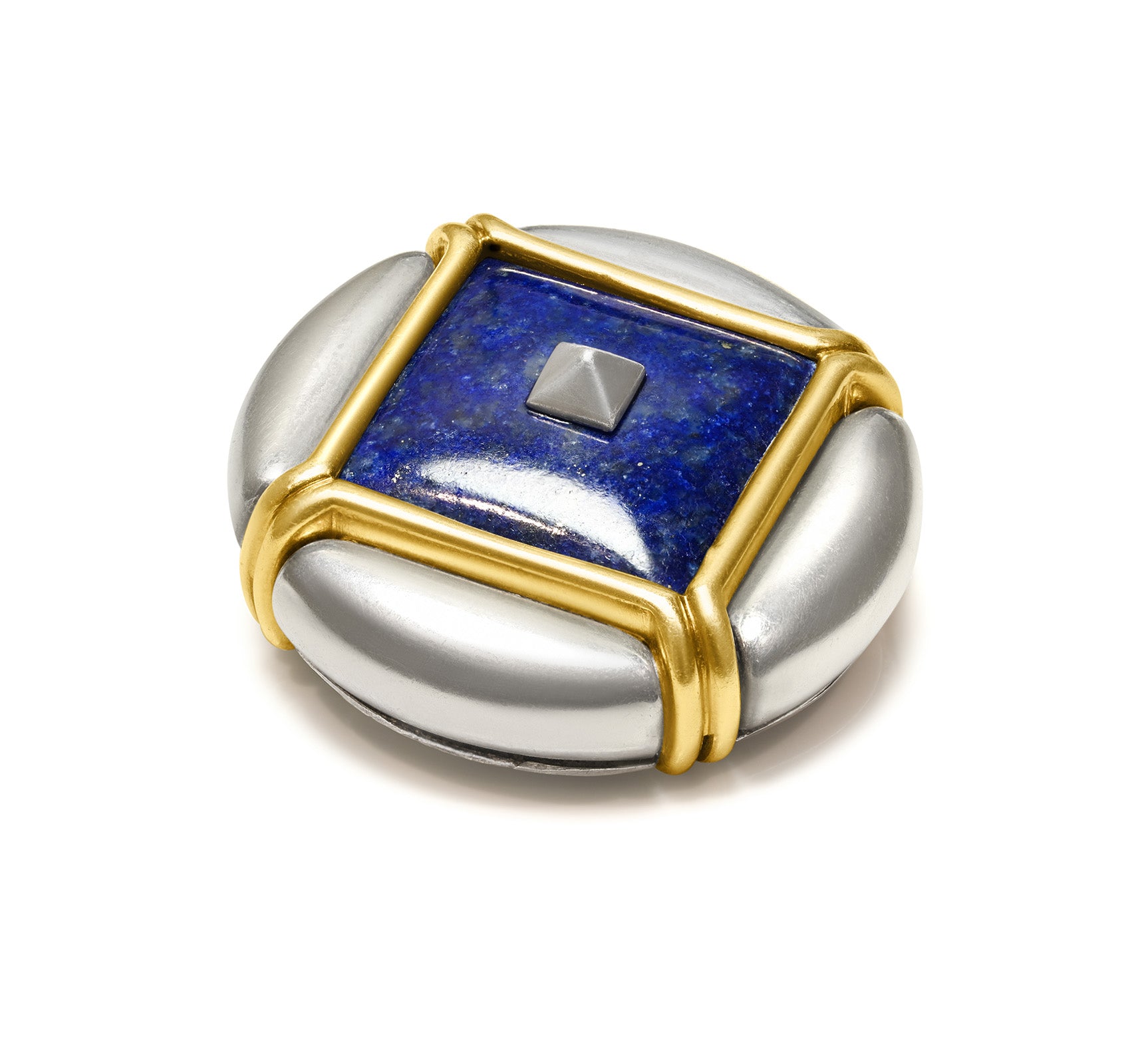A Tumultuous History: What Happened to the Jewels of the House of Savoy?
The House of Savoy, one of Europe's oldest dynasties, has roots intertwined with the formation of modern-day Switzerland.
The dynasty's name originates from the historical region in southeastern France, today part of the French departments of Haute-Savoie and Savoie.
Over centuries, the Savoy family expanded its dominion from this small region to govern the Italian Peninsula. Their growth and survival were marked not by grand conquests but through gradual territorial expansion achieved via marriage and political alliances.
According to Vogue Italy, the jewels of the House of Savoy gained significant attention in 1900 following the assassination of King Umberto I by anarchist Gaetano Bresci on July 29 in Monza.
According to Vogue Italy, the jewels of the House of Savoy gained significant attention in 1900 following the assassination of King Umberto I by anarchist Gaetano Bresci on July 29 in Monza.
After this tragic event, Queen Margherita passed the crown jewels to her daughter-in-law, Queen Elena, accompanied by an inventory. These jewels, known as the Treasury of the Crown Jewels of Savoy, were kept in a secure vault, and Queen Elena needed to make an official request to wear them, ensuring each piece was meticulously accounted for.
Hitler, the Underground Tunnel in Rome, and the Velvet Slip
In the turmoil of World War II, on September 6, 1943, King Victor Emmanuel III, preparing to leave Rome, ordered the House of Savoy jewels to be stored securely in the Bank of Italy's vault.
Hitler, the Underground Tunnel in Rome, and the Velvet Slip
In the turmoil of World War II, on September 6, 1943, King Victor Emmanuel III, preparing to leave Rome, ordered the House of Savoy jewels to be stored securely in the Bank of Italy's vault.
However, Italy soon fell under German occupation, and even the royal assets were not spared from seizure attempts by the Nazis. A German officer, wielding an order from Hitler himself, demanded the treasure. The Italians, anticipating this, falsely claimed that the king had fled with the jewels.
In reality, the jewels had been moved to a secret location within a 16th-century tunnel connecting the Quirinale to the Barberini Palace. There, the treasure was hidden in a niche dug into the wall, escaping German hands.
In reality, the jewels had been moved to a secret location within a 16th-century tunnel connecting the Quirinale to the Barberini Palace. There, the treasure was hidden in a niche dug into the wall, escaping German hands.
The Debate Over Ownership
The jewels remained hidden until 1946 when Italy became a republic. King Umberto II, after abdicating in favor of his son and facing the end of the monarchy, sought to ensure the jewels did not fall into inappropriate hands.
The jewels remained hidden until 1946 when Italy became a republic. King Umberto II, after abdicating in favor of his son and facing the end of the monarchy, sought to ensure the jewels did not fall into inappropriate hands.
He requested Governor Luigi Einaudi to safeguard the jewels at the Bank of Italy, stressing their historical significance and rightful ownership.
The question of rightful ownership persists: do the jewels belong to the heirs of the House of Savoy or to the Italian state? Luigi Einaudi noted in his diaries that the jewels seemed to belong to the royal family, not the state. The debate remains unresolved, with the Savoy family requesting their return as recently as 2022.
Inventory of the Jewels
Marquis Falcone Lucifero documented the jewels' transfer to the Bank of Italy in 1946. Describing them as "truly wonderful and worth more than a billion," the jewels were stored in a black leather box, sealed with eleven seals. The exact contents remain a mystery, but historical records highlight several notable pieces.
The book "The Jewels of the House of Savoy," co-authored by jewelry historian Stefano Papi and Princess Maria Gabriella of Savoy, lists several sets bought by Charles Albert in the mid-19th century for his daughter-in-law Maria Adelaide of Austria.
The question of rightful ownership persists: do the jewels belong to the heirs of the House of Savoy or to the Italian state? Luigi Einaudi noted in his diaries that the jewels seemed to belong to the royal family, not the state. The debate remains unresolved, with the Savoy family requesting their return as recently as 2022.
Inventory of the Jewels
Marquis Falcone Lucifero documented the jewels' transfer to the Bank of Italy in 1946. Describing them as "truly wonderful and worth more than a billion," the jewels were stored in a black leather box, sealed with eleven seals. The exact contents remain a mystery, but historical records highlight several notable pieces.
The book "The Jewels of the House of Savoy," co-authored by jewelry historian Stefano Papi and Princess Maria Gabriella of Savoy, lists several sets bought by Charles Albert in the mid-19th century for his daughter-in-law Maria Adelaide of Austria.
These include tiaras, earrings, and bracelets crafted by Turin jeweler Musy. One tiara, commissioned by Umberto I, features 11 drop pearls, 64 circular pearls, 1,040 brilliants, and 541 diamonds totaling 2,092 carats.
However, it remains unclear which pieces are kept at the Bank of Italy and which remain part of the Savoy family's private collection, as the inventory primarily cataloged the number of stones and pearls, not specific items.
However, it remains unclear which pieces are kept at the Bank of Italy and which remain part of the Savoy family's private collection, as the inventory primarily cataloged the number of stones and pearls, not specific items.
Value of the Jewels
According to descriptions, the collection includes 6,732 brilliants and 2,000 pearls, estimated to be worth 300 million euros today, based on ISTAT revaluations. However, assessments vary. In July 1976, following rumors of theft and loss, the box was opened in the presence of jewelers Gianni Bulgari and Tito Vespasiani.
According to descriptions, the collection includes 6,732 brilliants and 2,000 pearls, estimated to be worth 300 million euros today, based on ISTAT revaluations. However, assessments vary. In July 1976, following rumors of theft and loss, the box was opened in the presence of jewelers Gianni Bulgari and Tito Vespasiani.
Vespasiani, then president of the Italian Goldsmiths' Association, valued the treasure at several hundred million. Bulgari, when asked years later, expressed surprise at its modest value.
What’s Not in the Bank of Italy?
Not all Savoy family jewels are housed in the Bank of Italy. In 2007 and 2021, the heirs auctioned off some valuable pieces, including a Musy tiara with natural pearls and diamonds, sold for over €1 million at Sotheby's "Magnificent Jewels and Noble Jewels" auction.
What’s Not in the Bank of Italy?
Not all Savoy family jewels are housed in the Bank of Italy. In 2007 and 2021, the heirs auctioned off some valuable pieces, including a Musy tiara with natural pearls and diamonds, sold for over €1 million at Sotheby's "Magnificent Jewels and Noble Jewels" auction.
Other notable pieces, such as Queen Margherita's 10-strand pearl necklace and a laurel leaf diamond tiara, are also absent from the vault.
One exceptional piece, the pink tourmaline tiara given by Queen Maria Theresa of Sardinia to Princess Elisabeth of Saxony in 1850, remains within the family. This tiara, part of a set including a necklace, brooch, earrings, and bracelets, was famously worn by Clotilde Courau on her wedding day to Emanuele Filiberto, grandson of the last King of Italy, in 2003.
The House of Savoy's jewels are not just exquisite pieces of jewelry but symbols of a storied past, intertwining royal heritage with European history. Their value extends beyond monetary appraisal, representing cultural and historical legacy.
One exceptional piece, the pink tourmaline tiara given by Queen Maria Theresa of Sardinia to Princess Elisabeth of Saxony in 1850, remains within the family. This tiara, part of a set including a necklace, brooch, earrings, and bracelets, was famously worn by Clotilde Courau on her wedding day to Emanuele Filiberto, grandson of the last King of Italy, in 2003.
The House of Savoy's jewels are not just exquisite pieces of jewelry but symbols of a storied past, intertwining royal heritage with European history. Their value extends beyond monetary appraisal, representing cultural and historical legacy.
As debates continue over their rightful ownership, these jewels remain a testament to the enduring allure and mystery of the House of Savoy. For now, they lie in the vaults of history, awaiting their next chapter.



